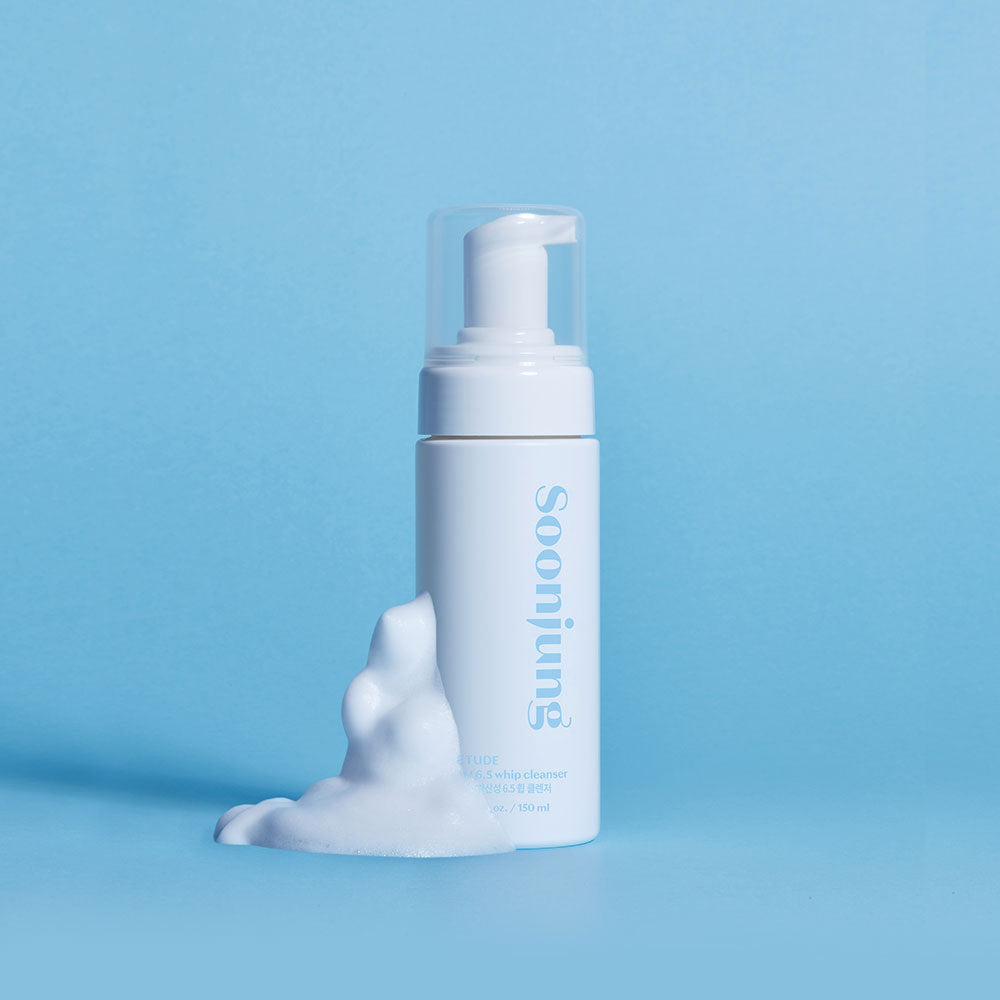
How do AHAs exfoliate the skin?
AHAs (Alpha Hydroxy Acids) exfoliate the skin by primarily loosening the bonds between skin cells, allowing for easier shedding of the outermost layer of dead skin cells. This process helps to reveal fresher, smoother skin underneath. AHAs work by:
-
Exfoliation: They penetrate the upper layer of the skin (epidermis) and weaken the bonds that hold dead skin cells together. This allows the dead cells to slough off more easily.
-
Stimulation of Cell Turnover: AHAs promote cell turnover by encouraging the production of new skin cells. This helps to replace the old, dull skin cells with newer ones, giving the skin a more youthful appearance.
-
Hydration: Some AHAs have humectant properties, attracting moisture to the skin, which can improve hydration and contribute to a more plump and youthful complexion.
Common AHAs used in skincare include glycolic acid (derived from sugar cane), lactic acid (found in sour milk and certain fruits), mandelic acid (derived from almonds), citric acid (found in citrus fruits), and tartaric acid (derived from grapes).
It's important to note that while AHAs offer many benefits, they can also increase skin sensitivity to the sun. Therefore, it's recommended to use sunscreen when using products containing AHAs to protect the skin from potential damage caused by increased sensitivity to UV rays.
















